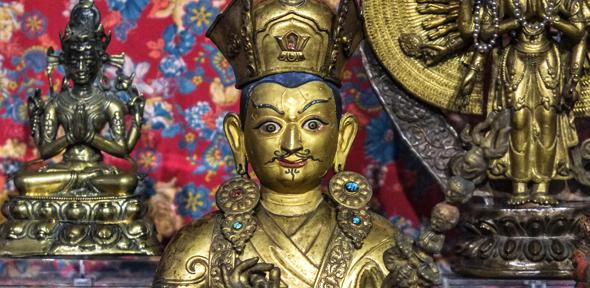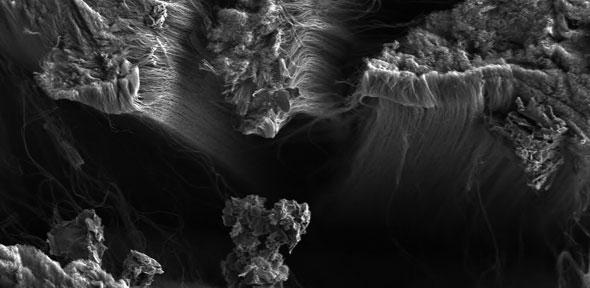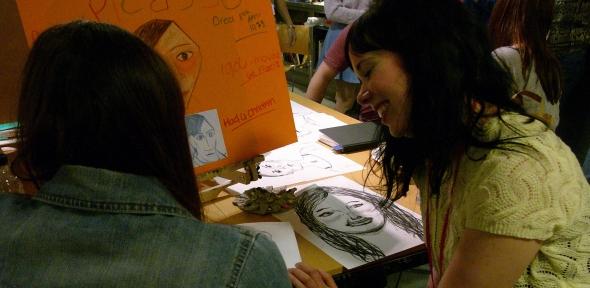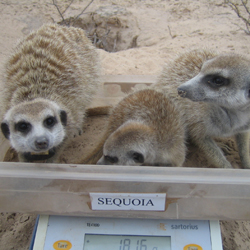
Scholars still do not know how the document came to be deposited in the Perne Library at Peterhouse, Cambridge, in the 15th century, but the astronomical instrument it describes has been brought to life by successive Cambridge academics, and now turned into a fully operational digital model.
In the 1950s, a PhD student at Christ’s College, Derek de Solla Price, came across a book, dated 1393, which he named the ‘Equatorie of the Planetis’. The manuscript was believed to be just another medieval discussion of astrolabes, instruments that had been widely used since antiquity to observe the positions of the stars. “It was a rather dull volume, traditionally attributed to an obscure astronomer, and it had probably hardly been opened in the last five hundred years,” Price later wrote. “As I opened it, the shock was considerable. The instrument pictured there was quite unlike an astrolabe – or anything else immediately recognisable.”
Now thoroughly fascinated by the manuscript and its purpose, Price decided to try to recreate the instrument so carefully described in its pages, and fashioned a six foot wide disk of wood, with complex measurements around its edge, and a similarly sized brass ring and pointer. It was clearly designed to be a computational device, assisting a medieval astronomer to accurately calculate the position of the five known planets at the time (Mercury, Venus, Mars, Jupiter and Saturn), together with the Sun and the Moon, all of which were believed to orbit around the Earth against a background of ‘fixed’ stars.
For a time, the equatorium was prominently displayed in the newly opened Whipple Museum, but eventually it was moved into storage to make way for refurbishment. And from there, it slipped into obscurity, only emerging in 2012 thanks to the efforts of PhD candidate Seb Falk, who stumbled across its hiding place almost by accident.
“I wasn’t expecting to find the actual model, but the curators took me to the storeroom, and tucked away in there was the equatorium. I was able to make the connection with Price – and it was wonderful to see it as so few examples of equatoria have survived,” said Falk, who is researching medieval astronomical instruments in the Department of the History and Philosophy of Science.
Now a new programme, which involves a unique collaboration between Peterhouse, the Whipple Museum and the University Digital Library, has seen the development of an electronic working model of the equatorium, as well as full digitisation of the Equatorie of the Planetis manuscript. Visitors to the museum will be able to use the computer generated model to find out the positions of the planets on any given date from 1393, and will also be able to see the original model built by Price.
“As there are not many working examples still in existence, we felt that it was important to make a model for the modern age,” explained Scott Mandelbrote, Director of Studies in History at Peterhouse and the Perne Librarian. “ I’m sure that if the original writer of the manuscript had been able to construct a digital model, he would have done.”
Falk added, “It is likely that there was a whole community of astronomers at the time, who were using documents like this to help them carry out calculations with a high degree of accuracy. We still do not know exactly how it came to be in Cambridge, but we believe it may have been brought here to teach students who were interested in astronomy and astrology, which were inseparable areas of study at the time.”
For the full version of this article see the latest University Newsletter, distributed to staff this week. You can also view the Newsletter online through the staff webpages.
The Equatorie of the Planetis: Manuscript, Models, and Digitisation
Wednesday 28 May, 2:15 – 5:00 p.m.
Whipple Museum of the History of Science, Free School Lane, Cambridge CB2 3RH
Admission is free, and registration is not required.
View the digital version of the manuscript
A 600-year-old astronomical document is now moving into the modern era, with a symposium at the Whipple Museum tomorrow (Wednesday 28 May) to mark its digitisation.
The text in this work is licensed under a Creative Commons Licence. If you use this content on your site please link back to this page. For image rights, please see the credits associated with each individual image.







































